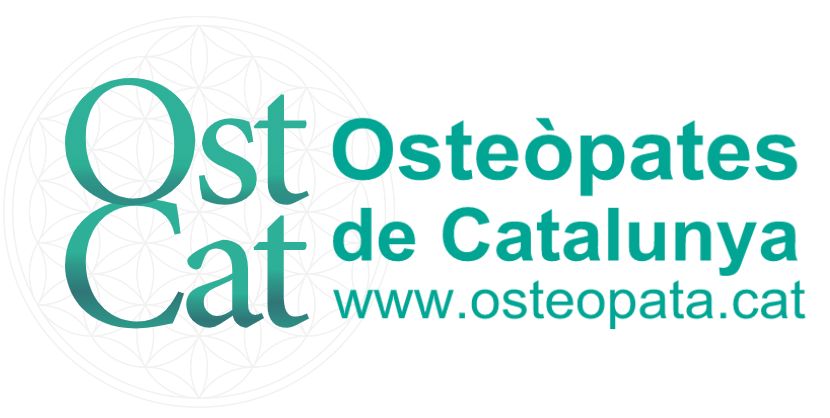OSTEOPATHY IN EUROPE TODAY
The development of osteopathy in Europe
The document "WHO Strategy on Traditional Medicine 2002-2005" published in 2002 recommends the use, promotion and development of osteopathy in Member States.
The World Health Organization (WHO) considers osteopathy to be a health profession of first intention and independent of others, and establishes the formative access to it in its document "WHO Benchmarks for Training in Osteopathy", published in 2010.
This document defines the minimum training criteria for the practice of Osteopathy and establishes in a clear way that osteopathy is a health profession of first intention and independent of others such as physiotherapy or chiropractic.
The Osteopathic Registry of Europe was initially founded in 1992 as it later became known as the European Federation of Osteopaths (EFO).
Today, EFO brings together those osteopathy professionals who meet the training criteria described by the WHO in relation to this profession. The Federation also coordinates the efforts of national osteopathic associations in the various European countries to achieve official recognition of osteopathy throughout the European Union (EU).
It therefore establishes the basic criteria for professional practice, as well as the professional ethical code and the minimum standards of training in osteopathy for the EU countries. In order to allow a clear identification of the professionals among the public users of healthcare in osteopathy, the EFO created the qualification "Eur Ost DO", which is a registered identification that certifies that the osteopath that owns it meets the criteria Academics and professionals described by WHO and the Federation itself.
The EFO acts as a representative organization of European Osteopaths before the three pillars of the European Union (Commission, Parliament and Economic and Social Forum of the same). In this role, he also acts as a representative of osteopaths at the European Council of Liberal Professions (CEPLI).
From EFO, there is a desire to avoid undue interference in national policies relating to the profession; Taking into account that the regulation on competing health issues of the Member States; But, in turn, it relies on the various regulatory processes currently in place for the whole Union.
EFO also collaborates with other osteopathic organizations such as the Forum for the Regulation of Osteopathy in Europe (FORE) or the European Registry of Osteopathic Physicians (EROP) in its efforts towards the recognition, regulation and free practice of osteopathy as Independent profession.
EFO and FORE published in 2012 the document "The Scope of Osteopathic Practice in Europe", to define the framework of competence of the osteopath. Almost in unison, the process of official standardization of osteopathy in the European Committee for Standardization (CEN) began, with the creation of an official document to that effect.
In 2015, after several years of work, the European Standard UNE-eN 16686: 2015 "Provision of health care services in osteopathy" was finally published by the European Committee for Standardization (CEN-CENELEC). It establishes the common criteria, both academic, professional and ethical, that European osteopathy professionals must fulfill throughout the EU.
This Standard is the result of the consensus among all the European standardization agencies in relation to the practice of Osteopathy and the approval of it, was published in the Official State Gazette (BOE) of January 21, 2016.




